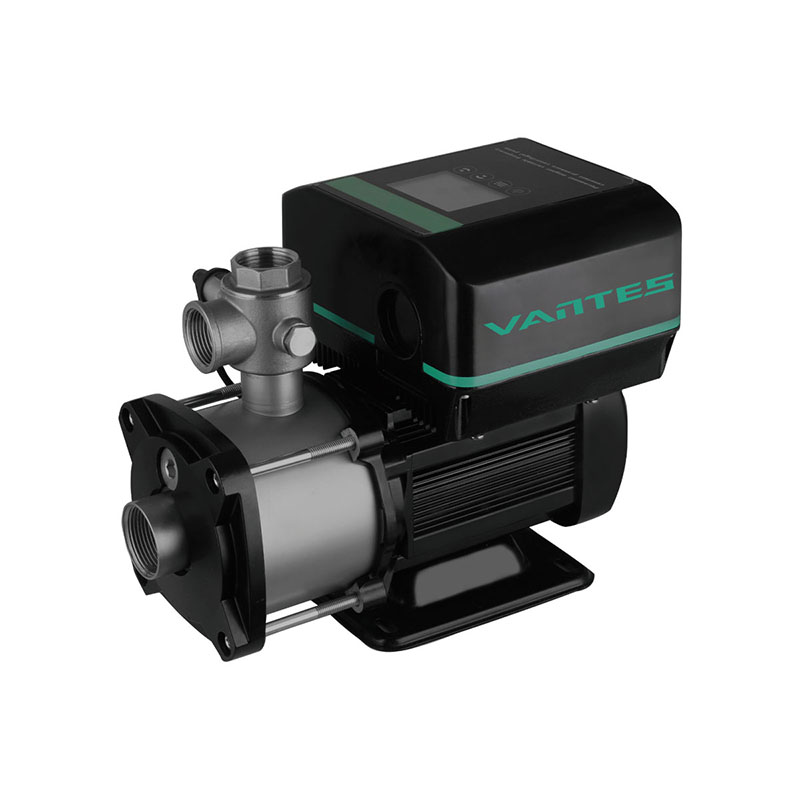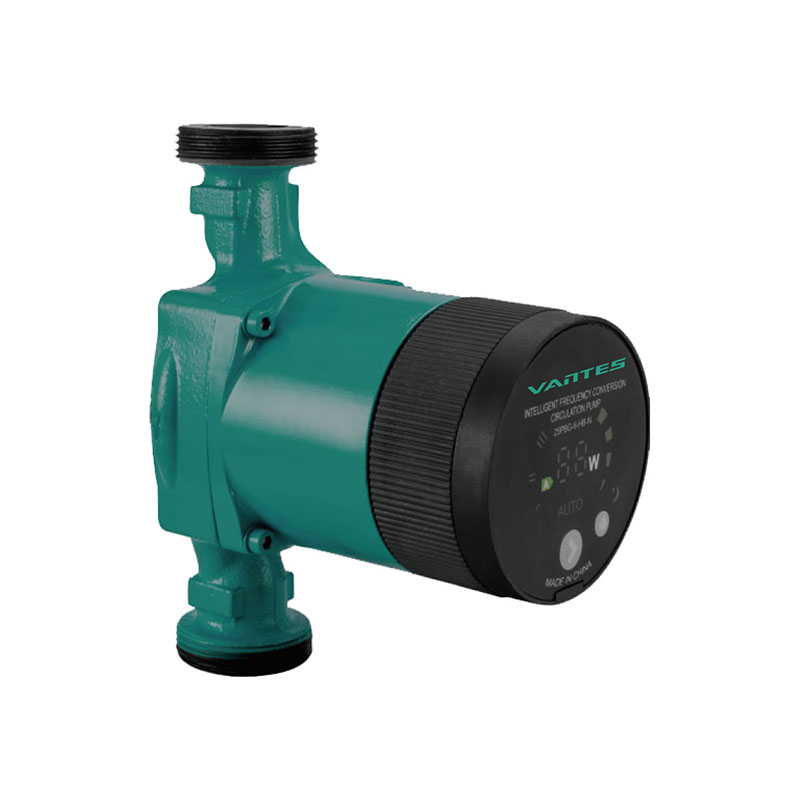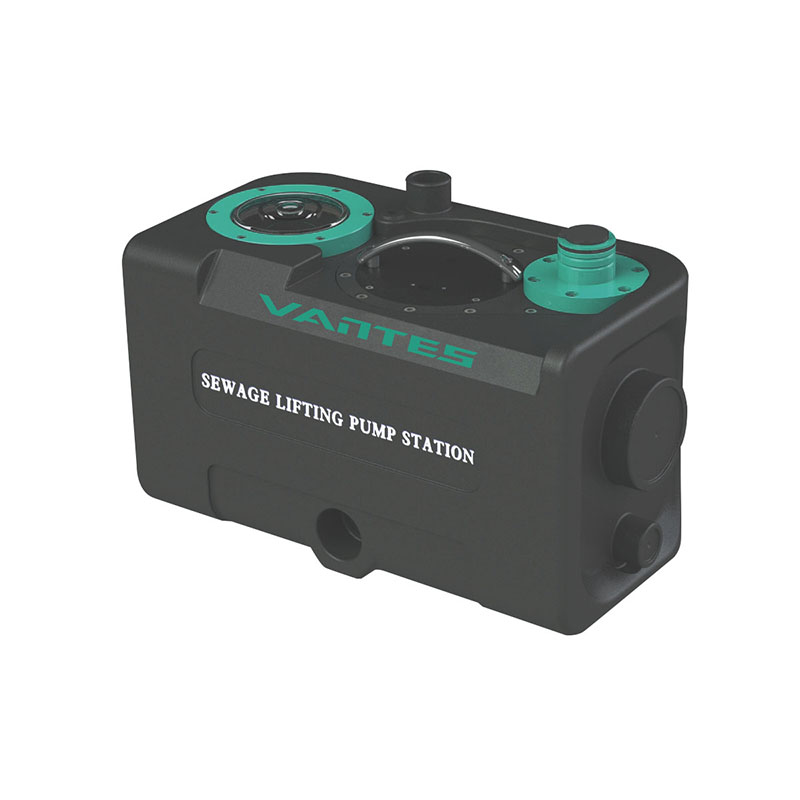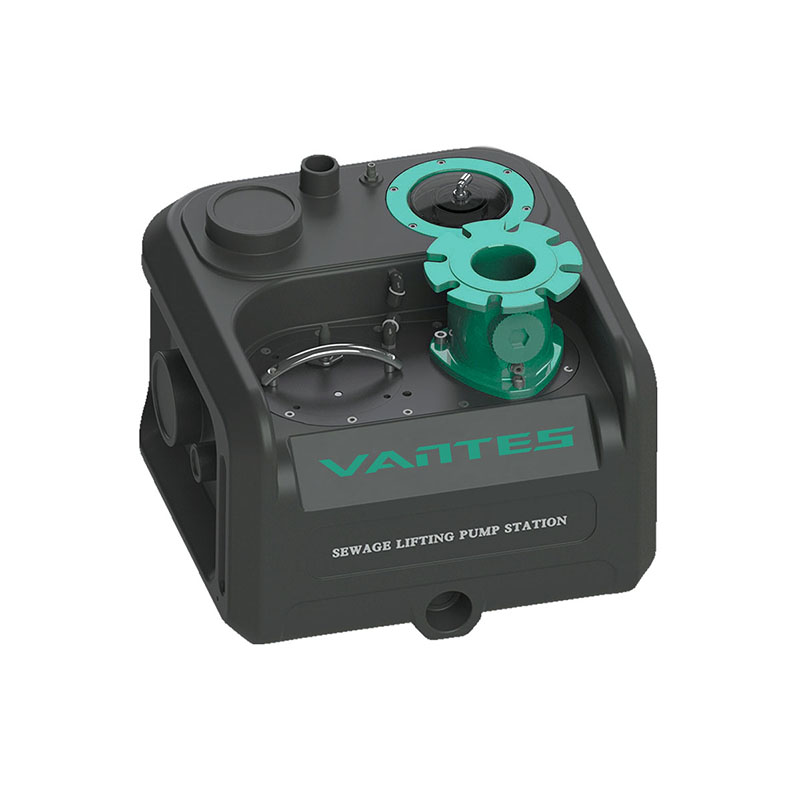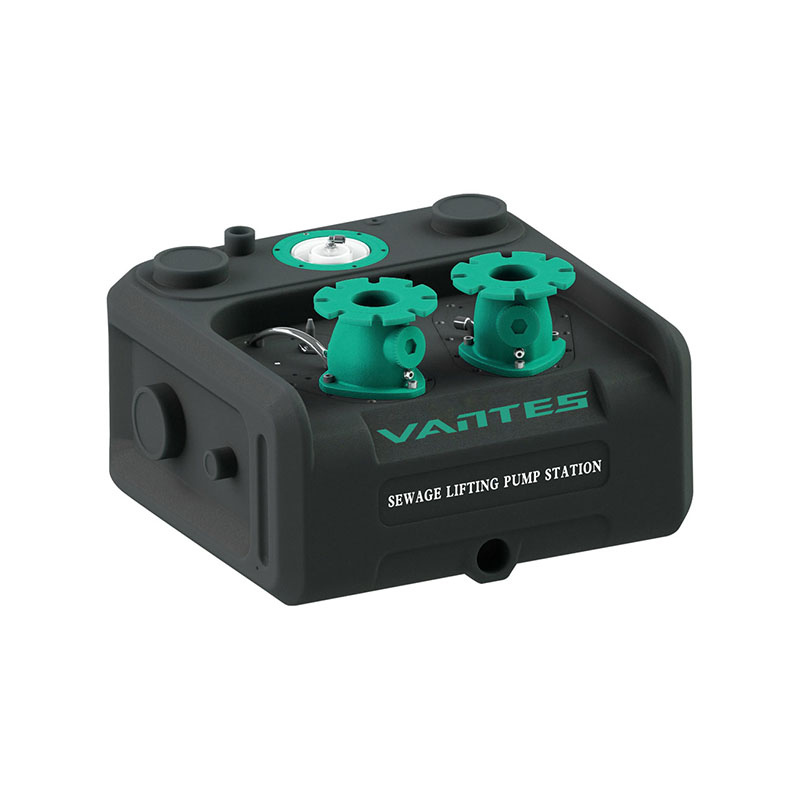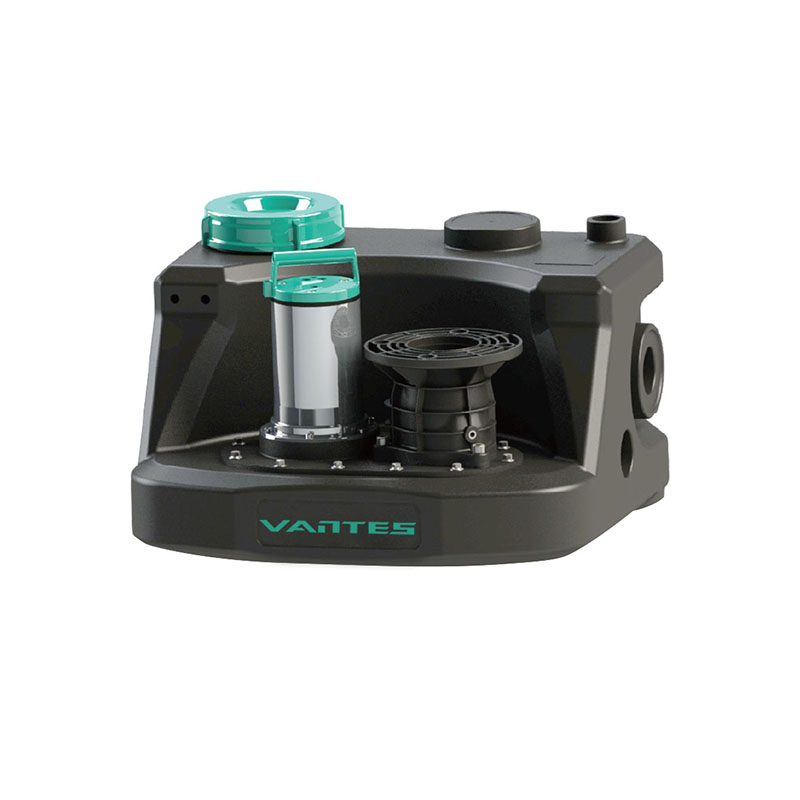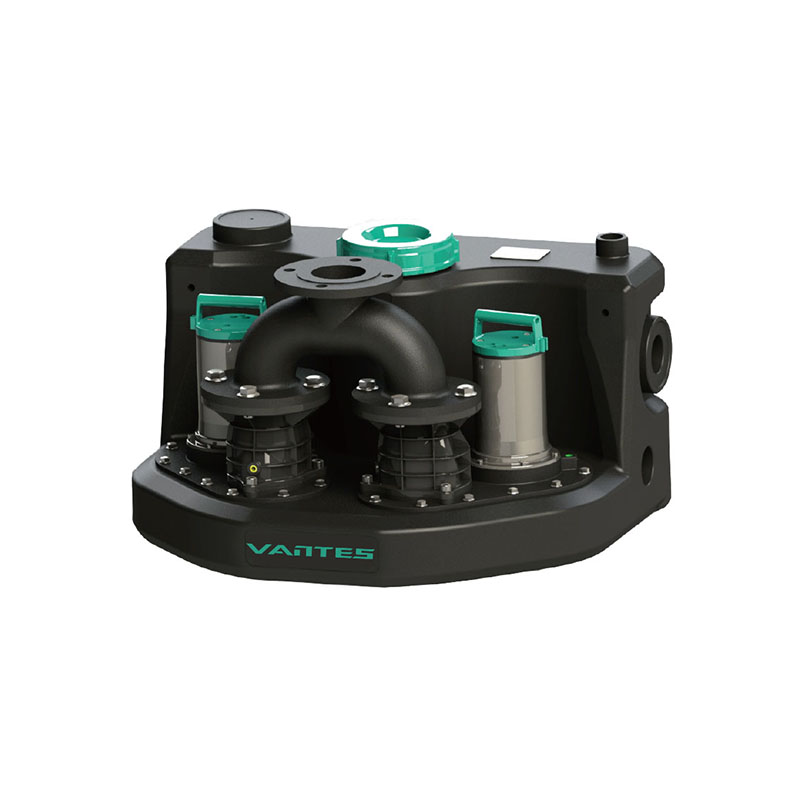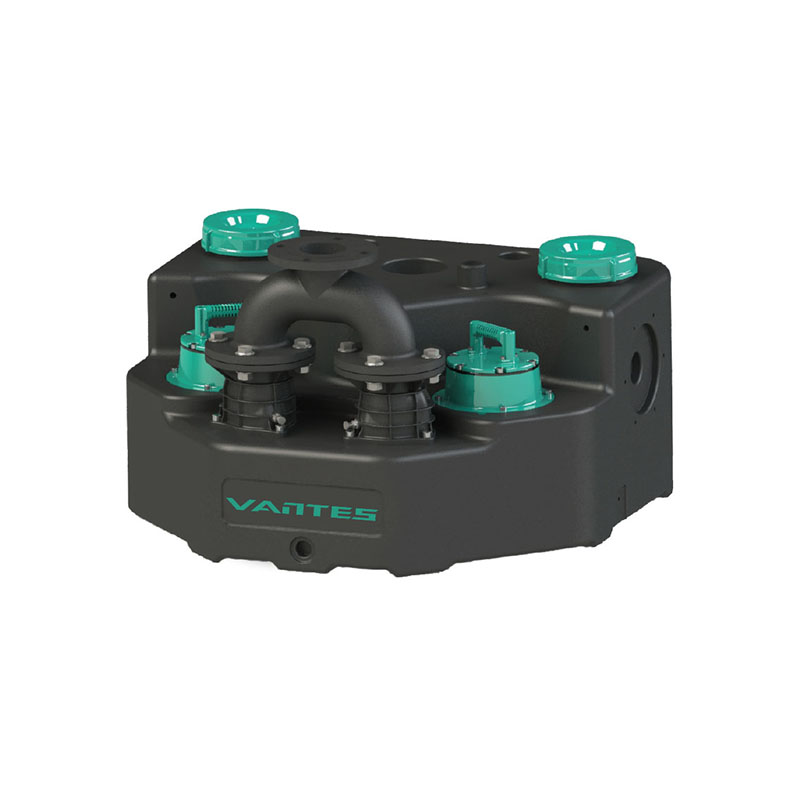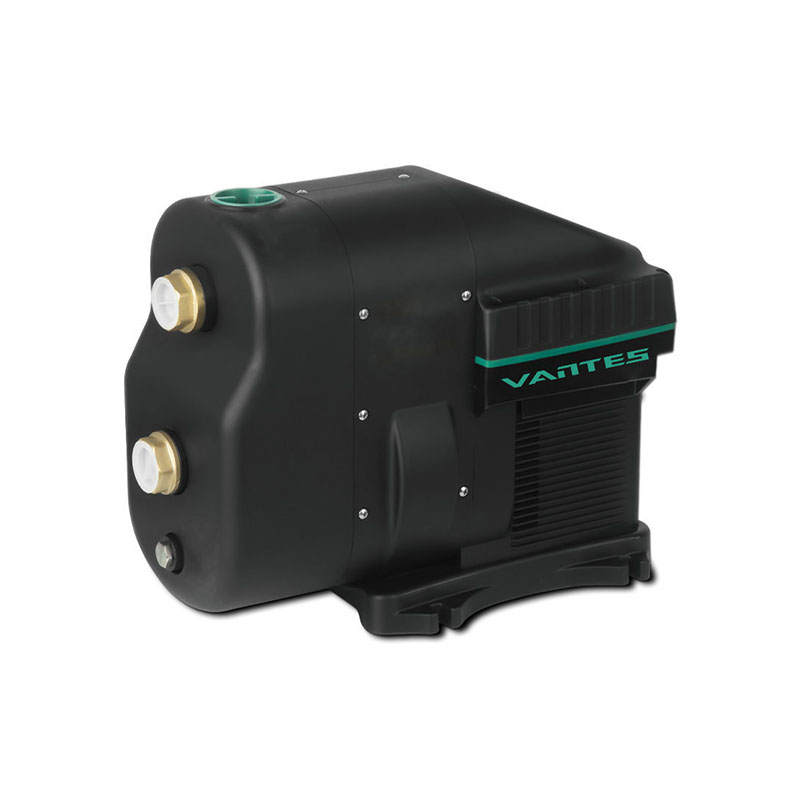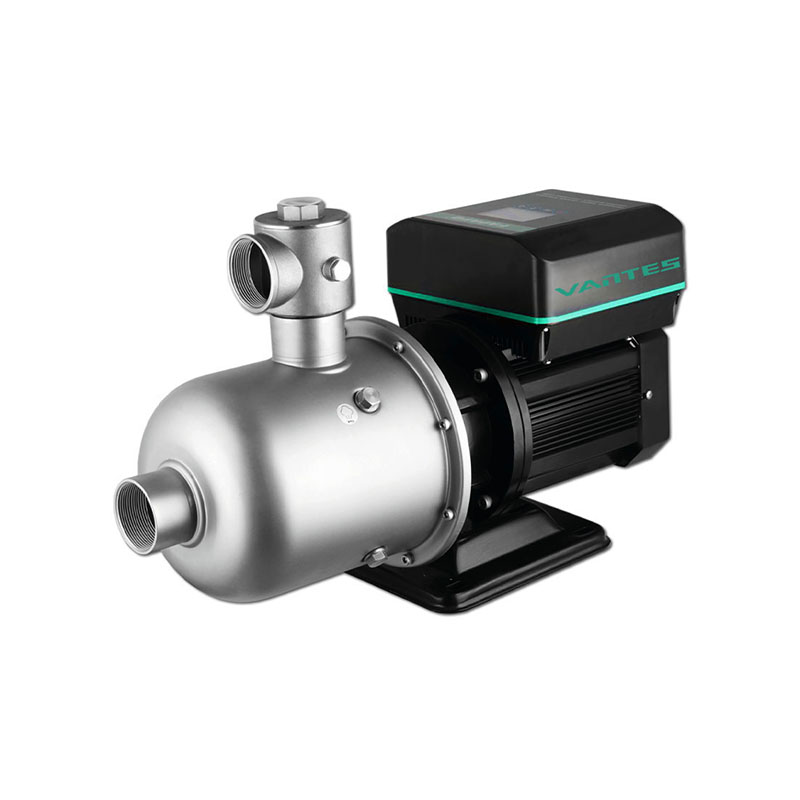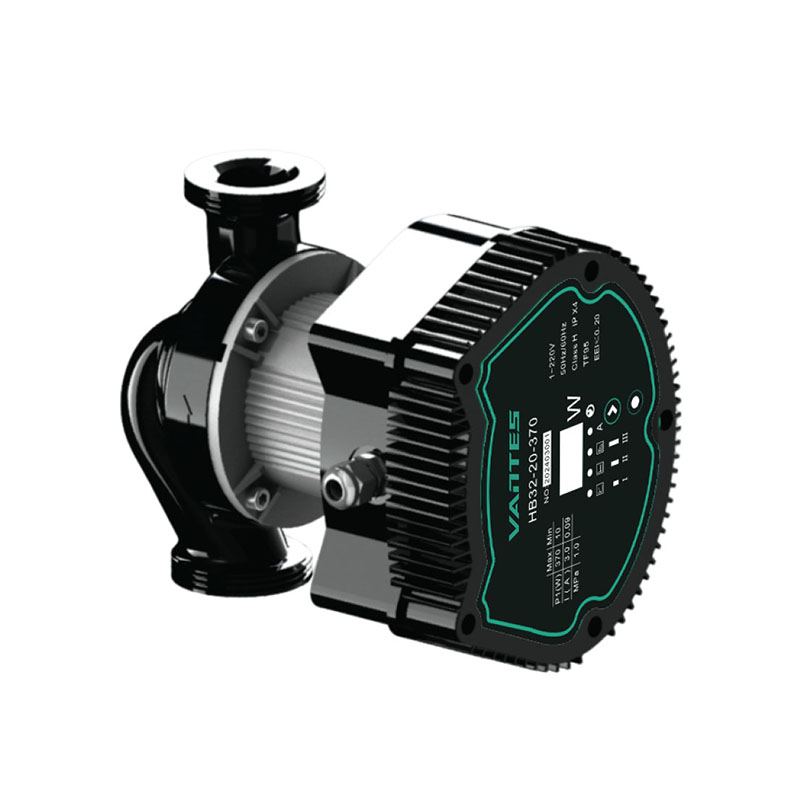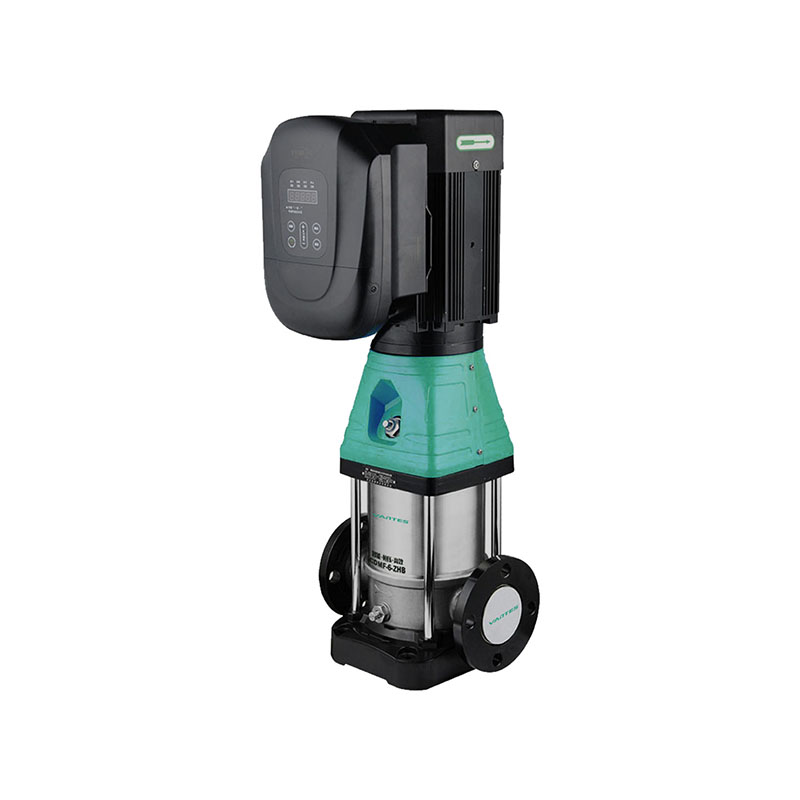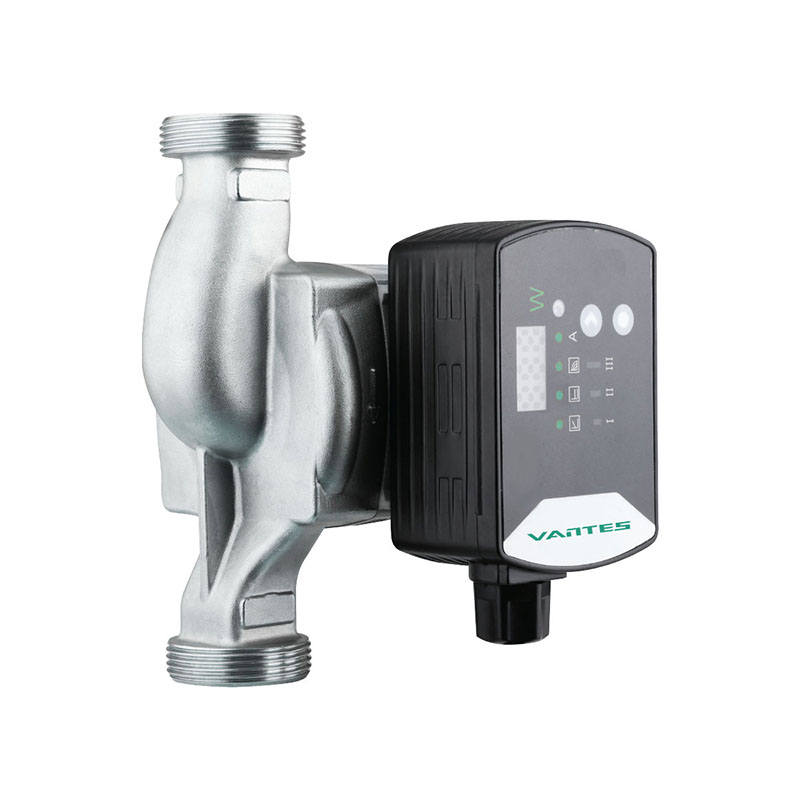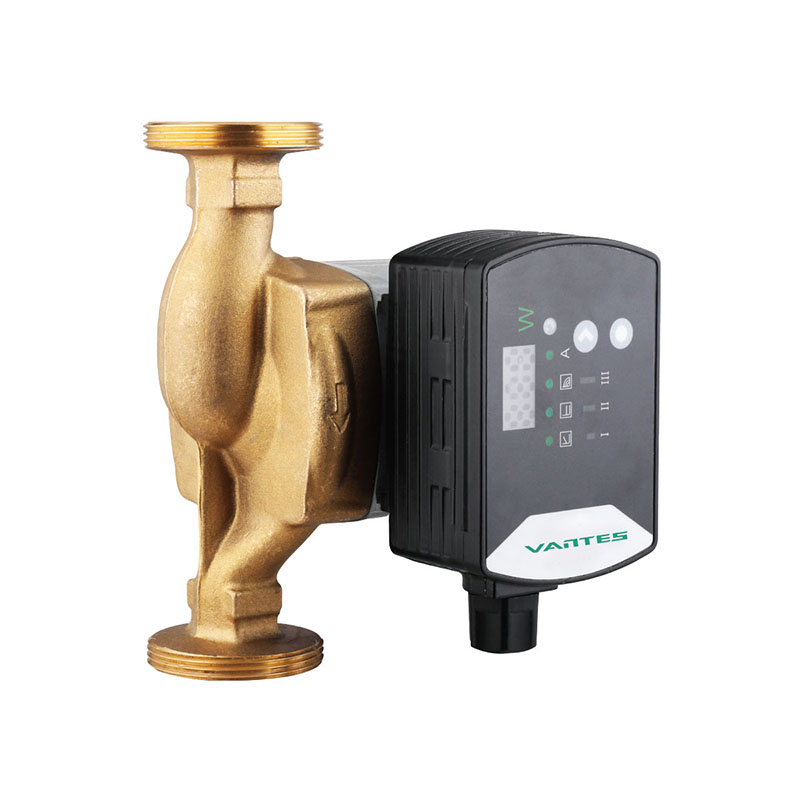In the intricate network of HVAC systems, where consistent flow and pressure define performance, Shield Circulating Pumps and Boosting Circulation Pumps serve as foundational components. These pumps work behind the scenes to maintain balanced water and air movement, supporting energy efficiency and environmental goals in both commercial and residential setups. Their design and functionality address specific challenges in circulation, ensuring systems operate smoothly without unnecessary waste or disruption.

How Shield Circulating Pumps Function in HVAC Systems
Shield Circulating Pumps are engineered for closed-loop systems, where water or other fluids circulate continuously without exposure to external contaminants. This shielding is particularly valuable in systems using treated water, as it prevents corrosion from chemicals or minerals in the fluid.
These pumps typically operate at lower flow rates compared to other models, making them suitable for applications like hydronic heating or cooling in small to medium-sized buildings. They excel in maintaining steady circulation in loops where pressure fluctuations are minimal, such as in radiant floor heating systems or chilled water lines for air conditioning. The compact size of many Shield Circulating Pumps allows for installation in tight spaces, a common requirement in retrofitted or space-constrained HVAC setups.
Key features include variable speed options, which allow the pump to adjust its output based on system demand. For example, during periods of low heating or cooling need, the pump can slow down, reducing energy use without compromising circulation. This adaptability aligns with the energy-saving priorities of modern HVAC design.
The Role of Boosting Circulation Pumps in Pressure Management
Boosting Circulation Pumps are designed to address pressure deficits in HVAC systems, ensuring fluid reaches all parts of a network even when distance or elevation creates resistance. In larger buildings—such as office complexes or multi-story residences—water or air flow can weaken as it travels through long pipelines or up vertical shafts. These pumps act as pressure amplifiers, increasing flow force to maintain consistent delivery to far corners of the system.
Unlike Shield Circulating Pumps, which focus on closed-loop stability, Boosting Circulation Pumps often work in open or semi-open systems where pressure loss is more pronounced. They are commonly installed at strategic points in the pipeline, such as near the midpoint of a long run or just before a high-rise section, to counteract friction and gravity. This targeted placement ensures that every zone in the building receives adequate fluid flow for heating, cooling, or water treatment.
Many models include adjustable pressure settings, allowing technicians to fine-tune output based on specific system needs. For instance, a pump serving a building with varying occupancy levels can be set to higher pressure during peak hours and lower pressure during off-peak times, optimizing energy use while maintaining performance.
Synergies Between Shield and Boosting Pumps in Complex Systems
In larger HVAC setups, Shield Circulating Pumps and Boosting Circulation Pumps often operate in tandem, each addressing distinct aspects of fluid management. A typical scenario might involve a Shield Circulating Pump maintaining steady flow within a central closed loop—such as a boiler or chiller circuit—while a Boosting Circulation Pump ensures that treated water from this loop reaches distant branches of the system, like upper floors or outer wings of a building.
This collaboration helps prevent overloading of the central loop. Without a Boosting Circulation Pump, the main Shield Circulating Pump must generate enough pressure to overcome both internal resistance and long-distance losses, resulting in higher energy use and more wear. By sharing the workload, the two pumps reduce strain on each component, which supports longer operational life and reduces maintenance requirements.
The pairing also enhances system flexibility. If a building expands—adding new zones or extending pipelines—a Boosting Circulation Pump can be integrated to support the increased demand without requiring a complete overhaul of the existing Shield Circulating Pump setup. This scalability makes the combination suitable for growing facilities, from expanding office parks to evolving residential complexes.
Practical Considerations for Installation and Operation
Choosing between or combining Shield Circulating Pumps and Boosting Circulation Pumps depends on several factors, starting with system size and layout. For small, compact buildings with short pipelines, a single Shield Circulating Pump may suffice. For larger or multi-zone structures, adding a Boosting Circulation Pump at key points can resolve pressure inconsistencies.
Maintenance routines differ slightly for each type. Shield Circulating Pumps require regular checks of the shielded motor housing to ensure no leaks have developed, while Boosting Circulation Pumps need monitoring of pressure gauges to confirm output remains within desired ranges. Both benefit from periodic cleaning of intake filters to prevent clogs from sediment or debris in the fluid, which can reduce efficiency over time.
In operation, compatibility with water treatment systems is key. Both pumps rely on clean, properly treated fluid to avoid corrosion or scaling, which can damage internal components. Ensuring that the pumps are rated for the specific water chemistry of the system—whether treated with softeners, inhibitors, or other additives—prevents premature failure and maintains consistent performance.

